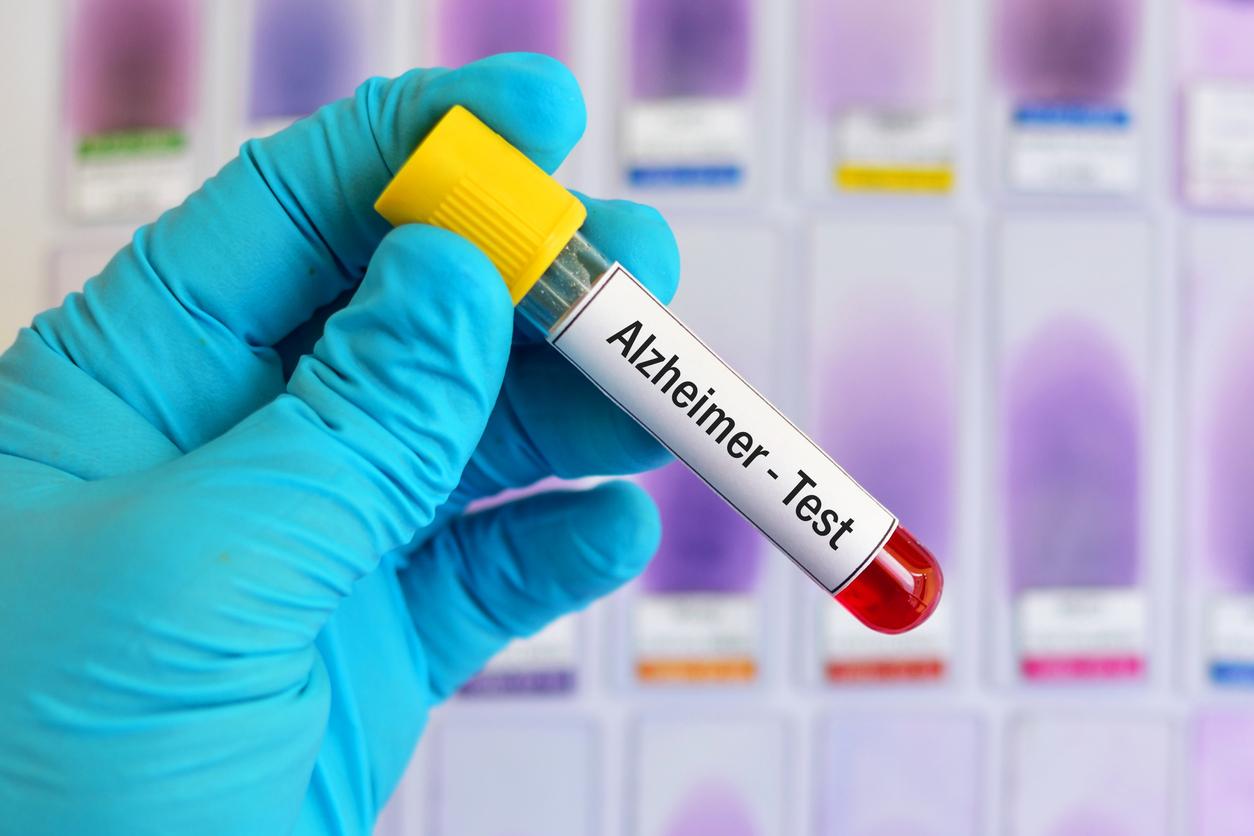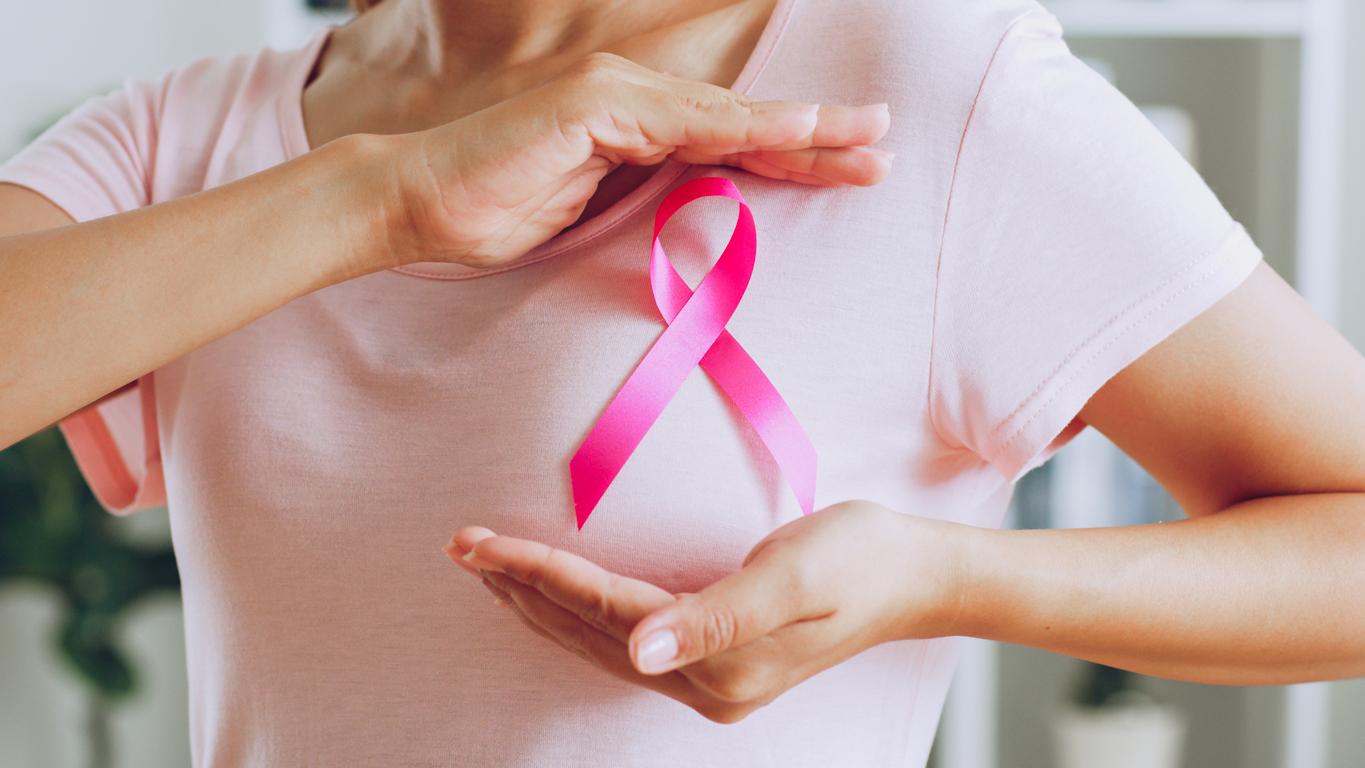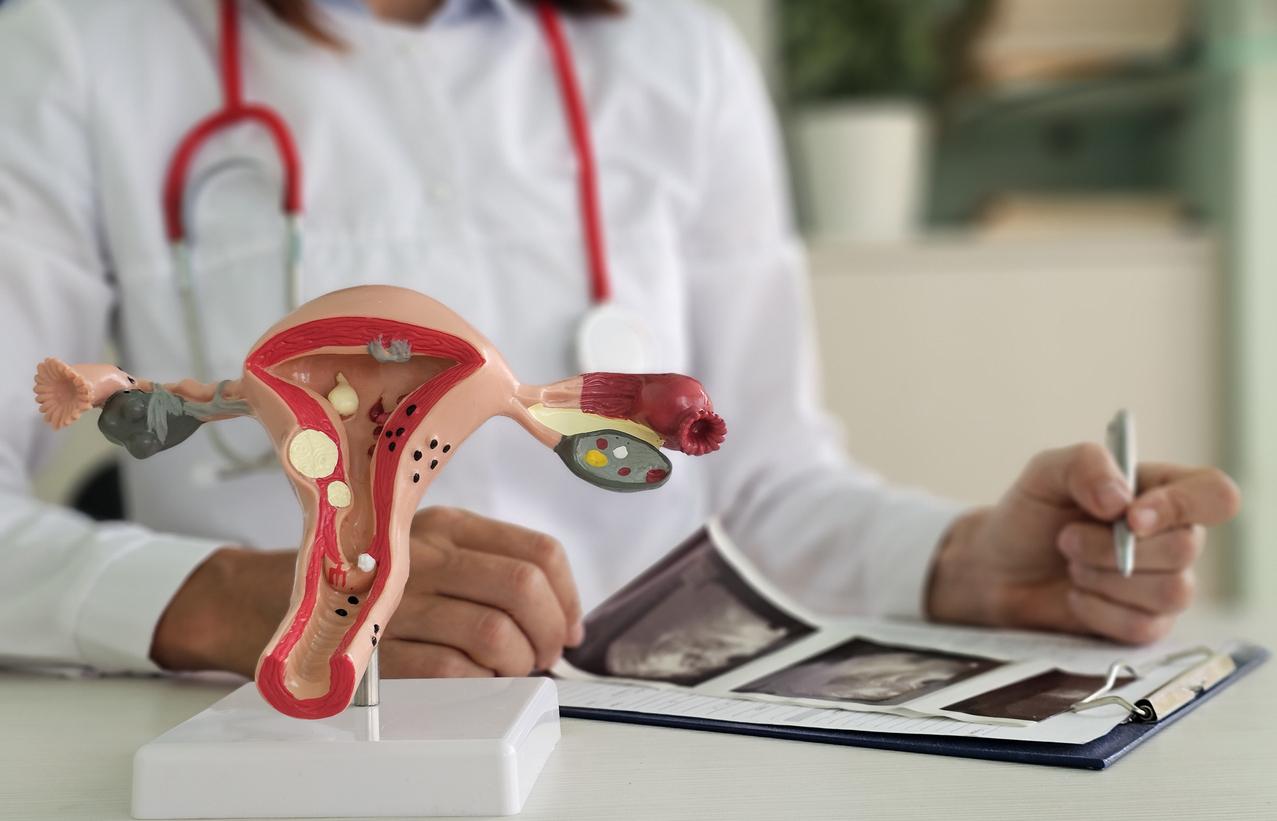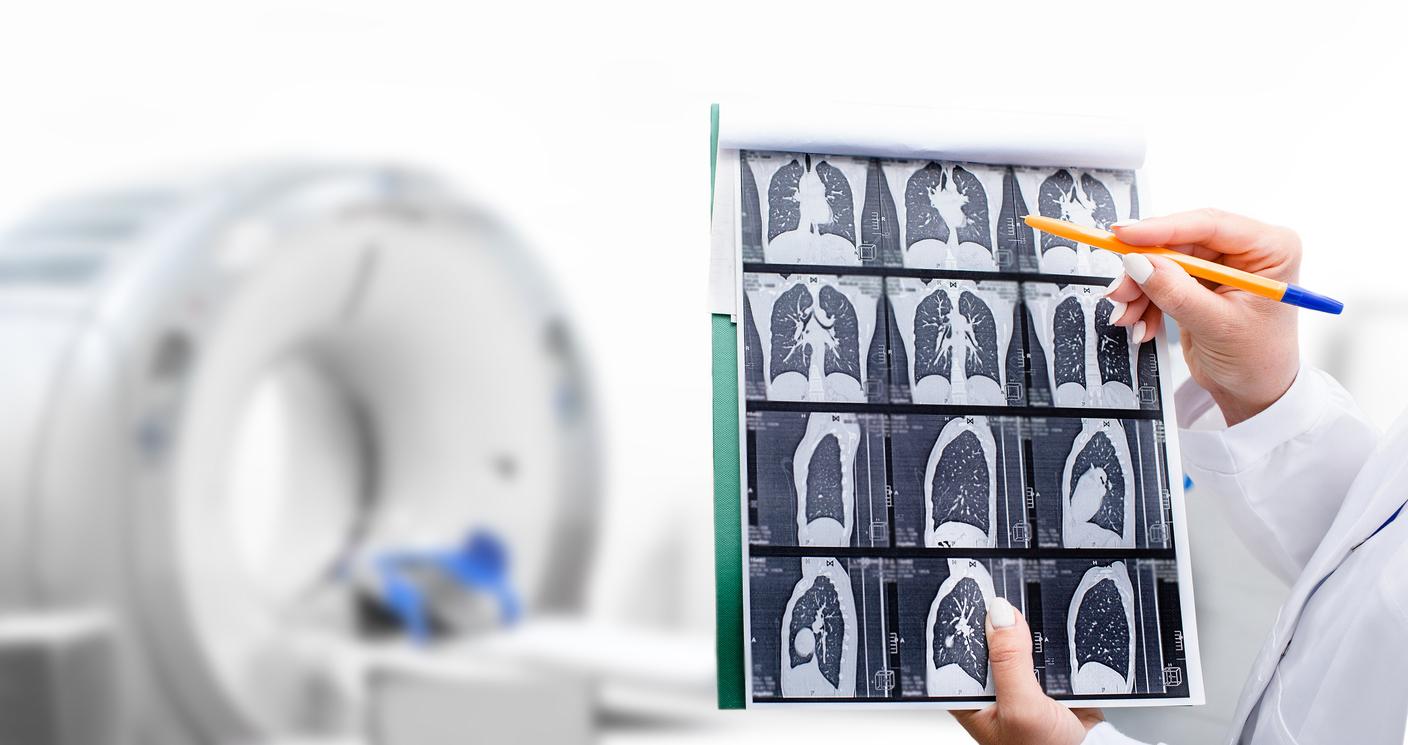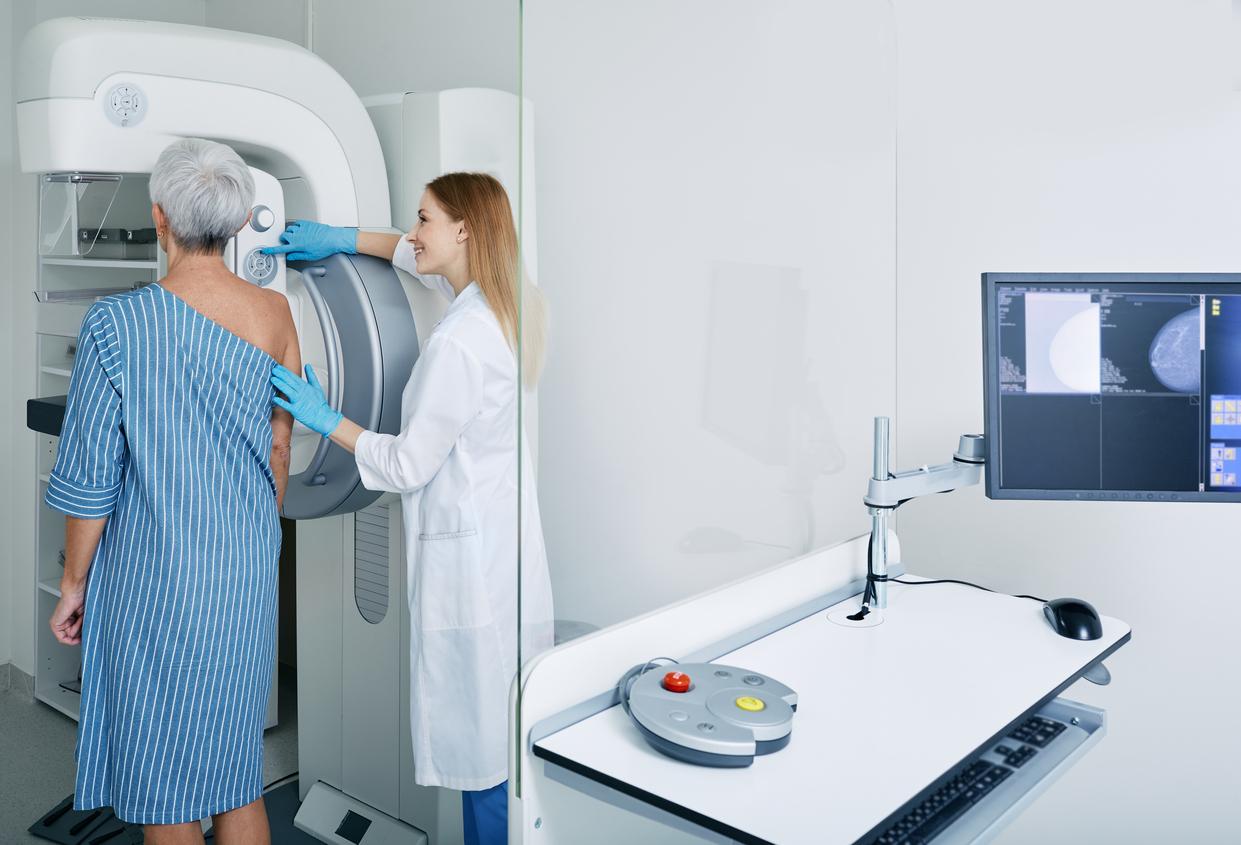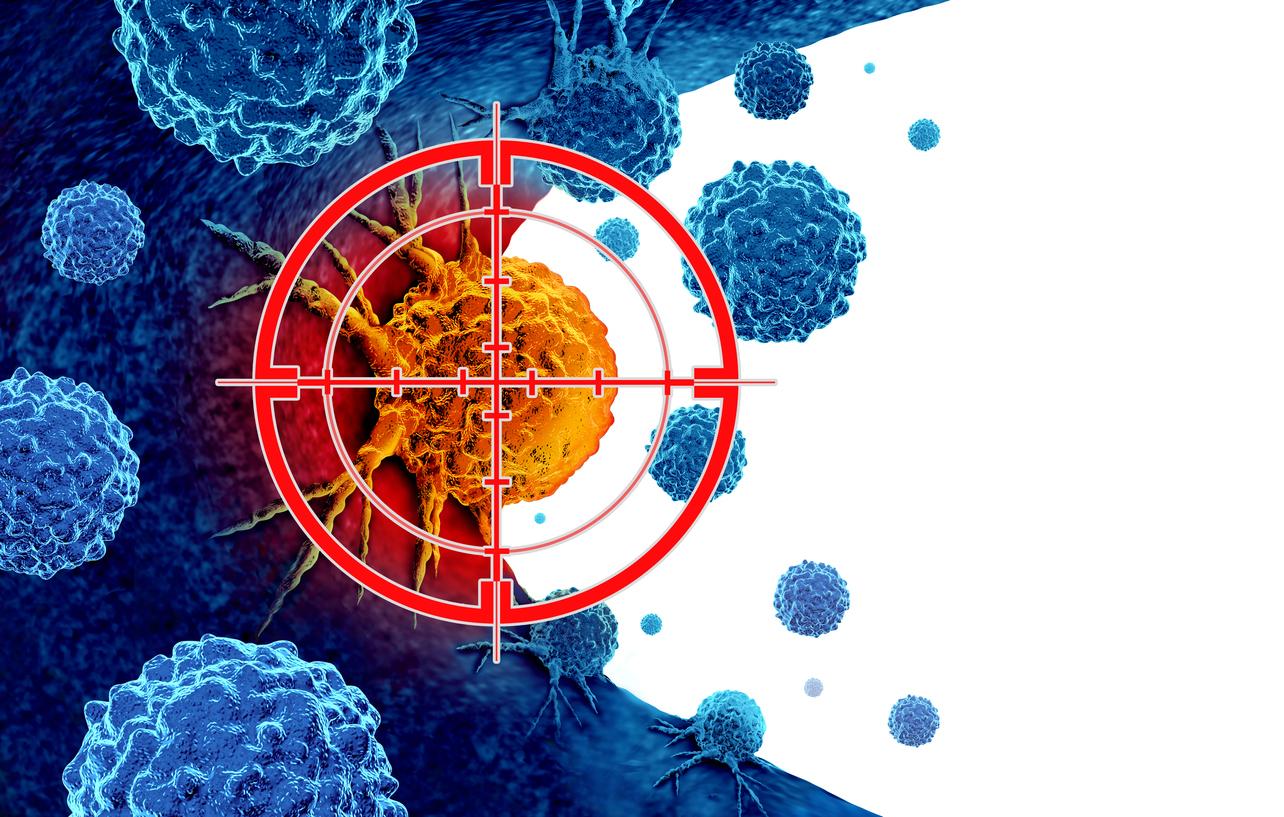In Yvelines, a new skin cancer screening tool has been launched: it combines artificial intelligence and telemedicine to detect melanoma.
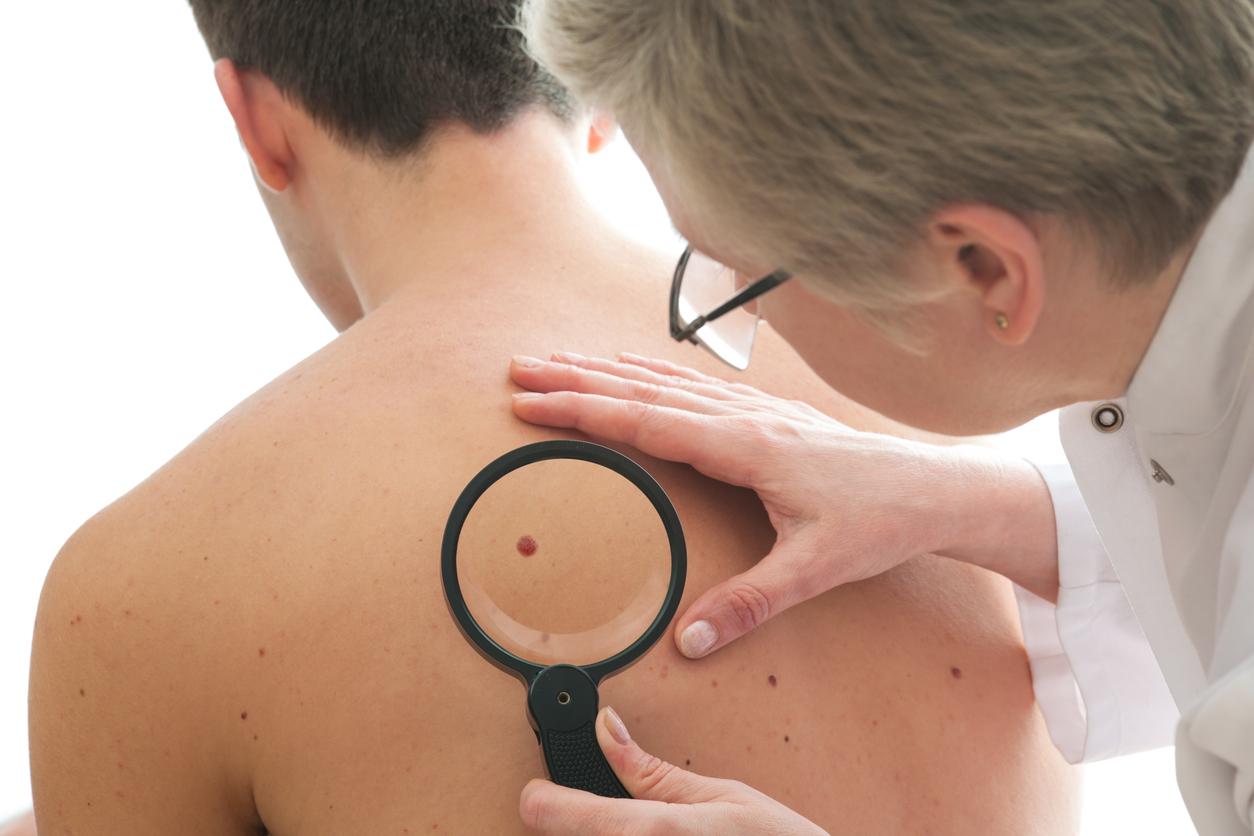
- A melanoma screening tool has been installed in a telemedicine booth on a campus in Yvelines.
- The dermatoscope allows images of the skin to be sent to a doctor via video, who has them analyzed by artificial intelligence.
- This could help facilitate the diagnosis of melanoma.
How can artificial intelligence help medicine? The University of Versailles-Saint-Quentin-en-Yvelines provides a concrete example. At the end of May, the telemedicine company H4D installed an artificial intelligence tool in a teleconsultation booth in the Maison de l’étudiant on the Guyancourt faculty campus. The device can detect melanoma, a form of skin cancer.
Melanoma: How does the artificial intelligence-based screening system work?
As explained by the media 78 Newsthe patient sits in the cabin, then a doctor, present remotely, by videoconference, asks him questions about his possible medical history. In a second step, the patient uses the tool called dermatoscope which will take pictures of the different parts of the body, such as the arms or legs. These pictures are first transmitted to the doctor, who analyzes them, then to an artificial intelligence.AI will give a pre-diagnosis and come to confirm the doctor’s opinion. It’s a great assistant, says Valérie Cossutta, president of H4D, in an interview with 78 News. If there is suspicion, you are referred to a dermatologist.”
Skin cancer: a solution to facilitate access to diagnosis
She points out that 80,000 new cases of skin cancer are detected each year in France. For the University of Versailles-Saint-Quentin-en-Yvelines, these booths will facilitate screening.This system will allow all those wishing for a pre-diagnosis to obtain one, a pre-diagnosis which will open the doors to a quick appointment, the university rejoices in a communicated. You will have access to a list of dermatologists quickly available in the territory in case of doubt about a lesion.”
Difficulties in accessing appointments with dermatologists in France
According to a study conducted by Doctolib and the Jean Jaurès Foundation, it takes an average of 36 days to get an appointment with a dermatologist. But significant geographical inequalities persist.In rural departments, and even more so in the interior and east of the country, the granting times are long: often more than 2 monthswarns a communicated. Many departments are very poorly served: with a 16% drop between 2012 and 2023, dermatology is the specialty whose numbers are decreasing the most among private practitioners, even though hospital supply is becoming scarce and demand is tending to increase, due to better consideration of preventive consultations..”

AI, telemedicine and melanoma: towards an expansion of the system?
To make up for this drop in staff, the H4D company plans to develop its device. It is currently training doctors to use the tool. Once this step is completed, the dermatoscope will be accessible in the other 200 teleconsultation booths, spread throughout the country, at the end of June.









